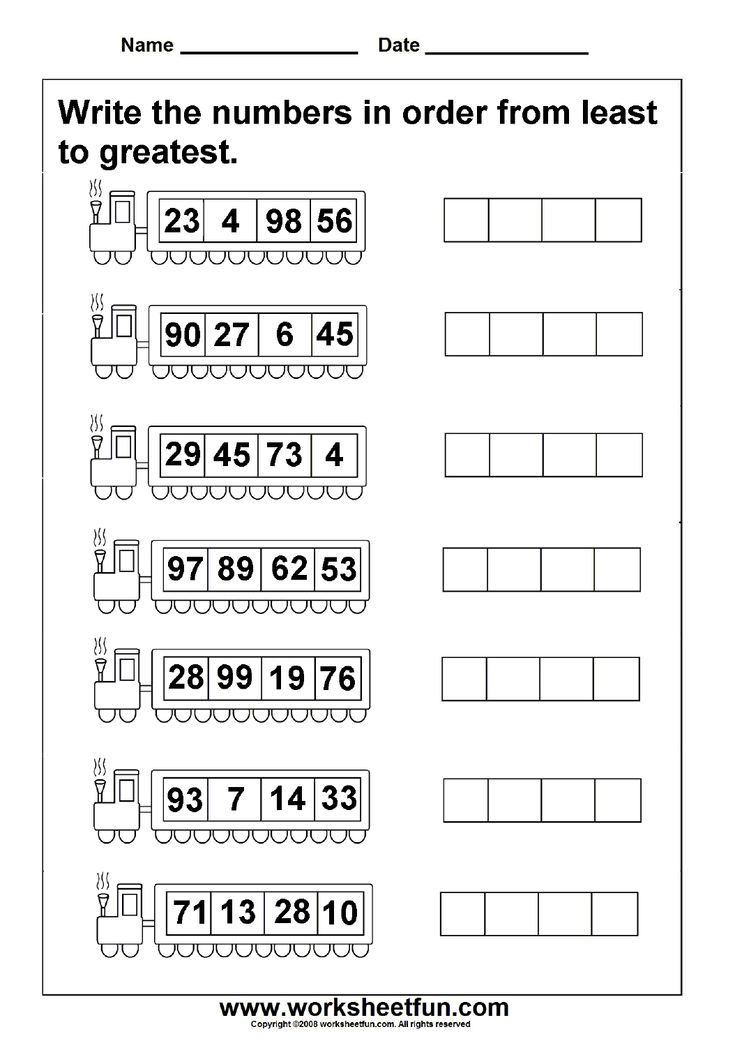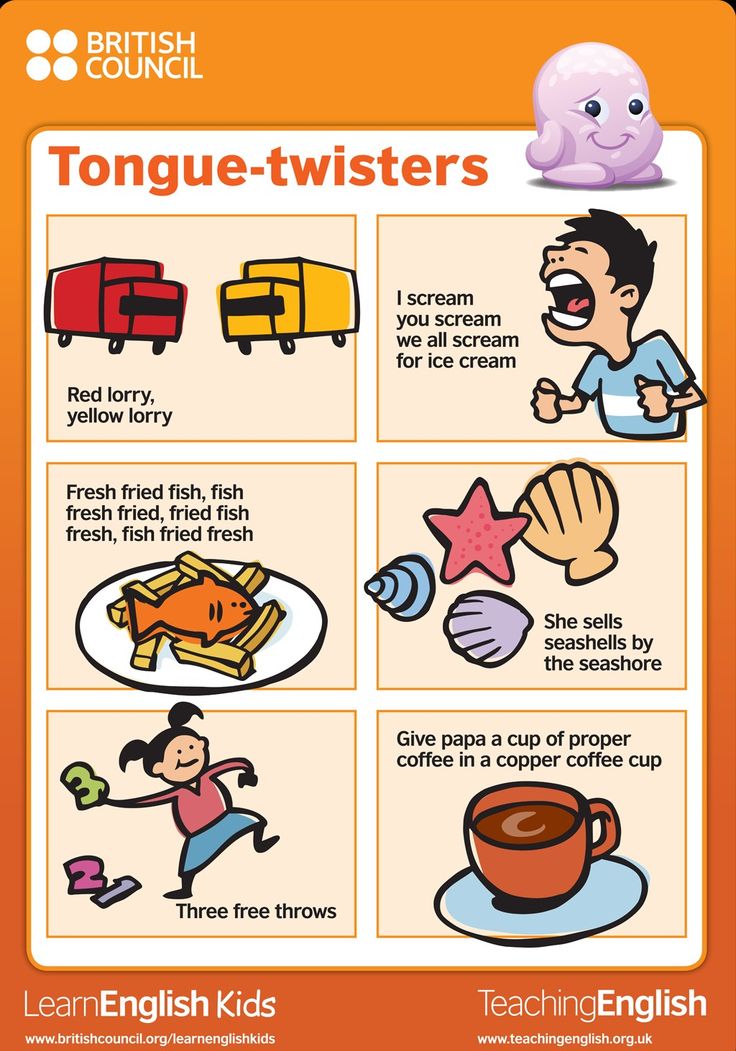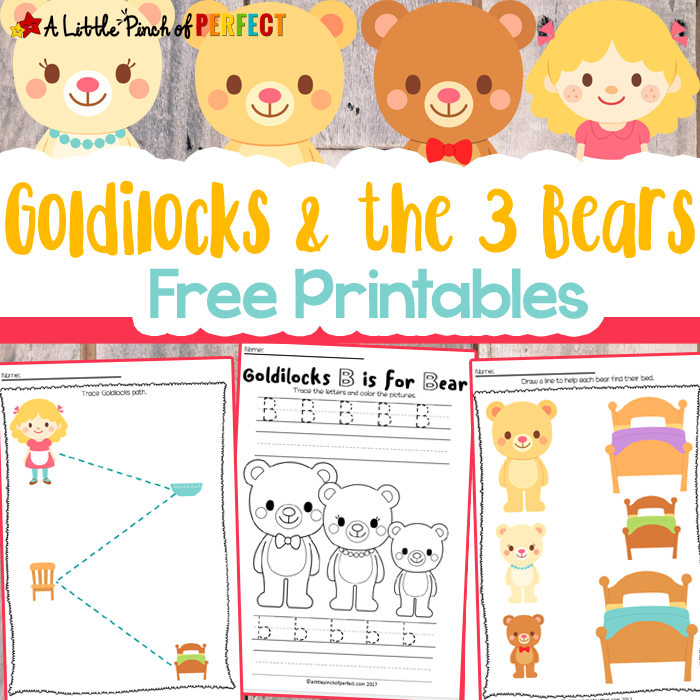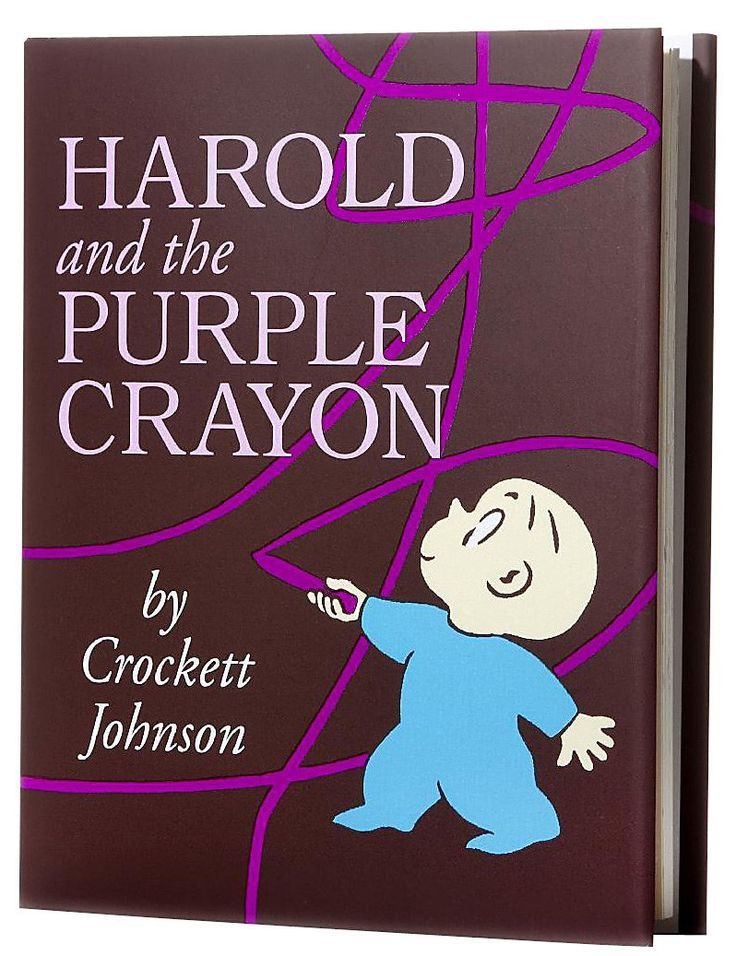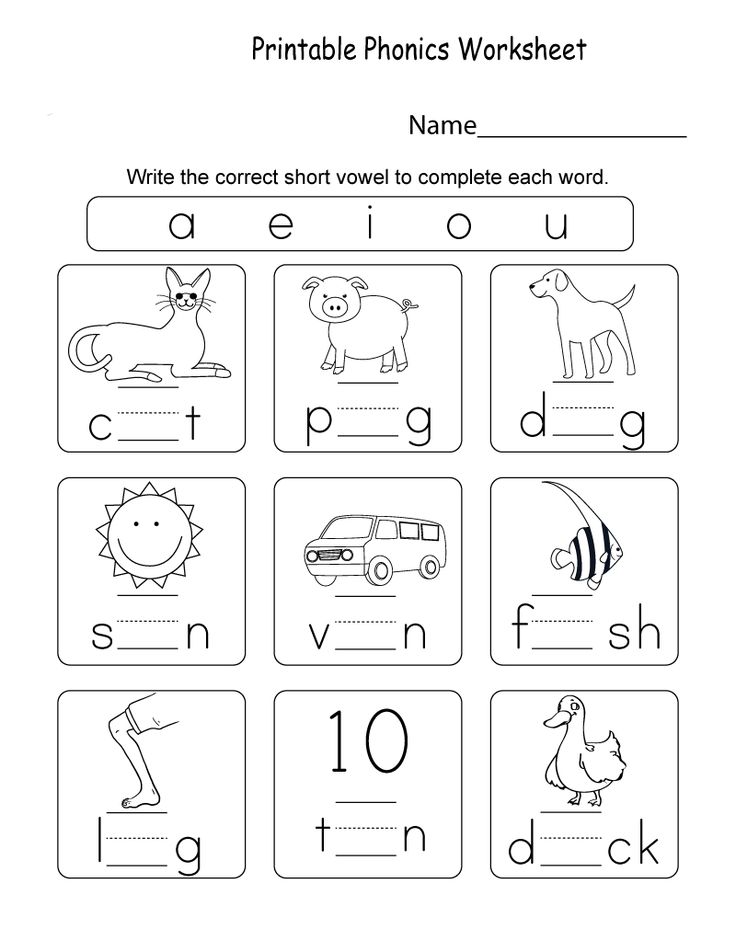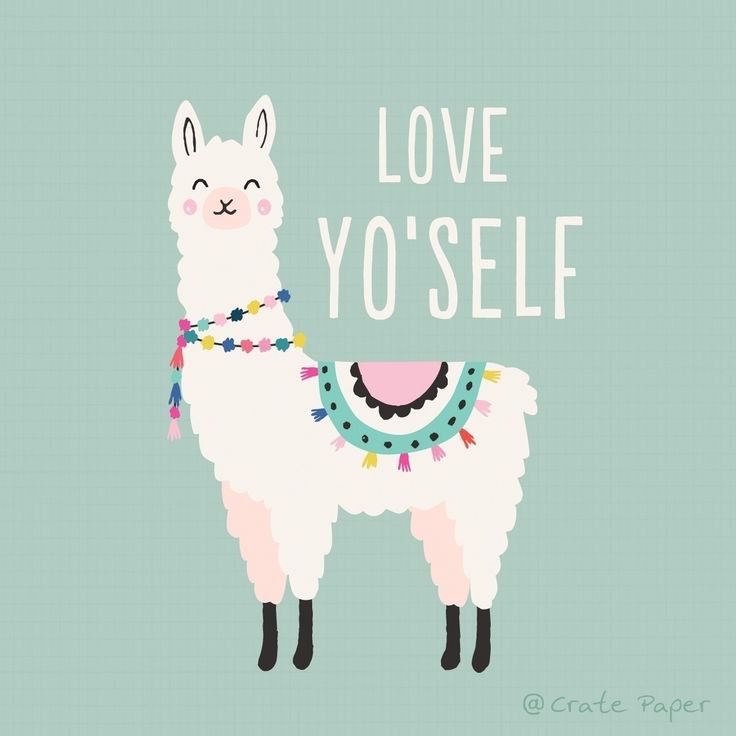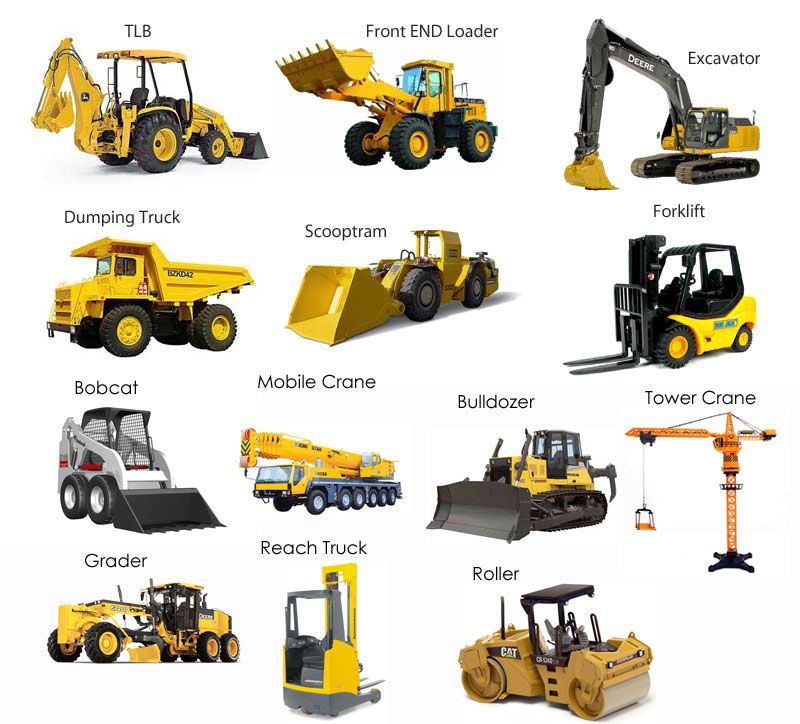Easy reading words
The Basic Spelling Vocabulary List
By: Steve Graham, Karen R. Harris, Connie Loynachan
This list was created to help teachers know which spelling words should be taught to kids in grades 1–5. The list contains 850 words that account for 80 percent of the words children use in their writing — the ones they need to be able to spell correctly.
This list was devised to help educators know which spelling words should be taught to children. The list contains 850 words that account for 80 percent of the words children use in their writing — the ones they need to be able to spell correctly.
Mastering this relatively small corpus of words yields a high rate of return. For example, the most common 1,000 words are used 13 times more frequently than the next most common 1,000 words. It also provides teachers flexibility in planning spelling instruction, providing an opportunity to give children the "basics" while supplementing with other spelling words germane to classroom activities.
Grade level for each word was determined based upon difficulty, pattern of occurrence in children's writing across grades, and grade placement on current vocabulary lists and spelling materials.
Words that children have difficulty spelling correctly are marked with an asterisk.
Grade 1 | |||
|---|---|---|---|
| a | fat | like* | sat
|
Back to Top
Grade 2 | |||
|---|---|---|---|
| about* | father* | lives | set |
Back to Top
Grade 3 | |||
|---|---|---|---|
| able | even | mind | spelling |
Back to Top
Grade 4 | |||
|---|---|---|---|
| across | during | mountain | sure* |
Back to Top
Grade 5 | |||
|---|---|---|---|
| although | different* | planet | suddenly
|
Back to Top
Graham, S. , Harris, K.R. and Loynachan, C. (1993). The Basic Spelling Vocabulary List. Journal of Educational Research 86(6) 363-368.
, Harris, K.R. and Loynachan, C. (1993). The Basic Spelling Vocabulary List. Journal of Educational Research 86(6) 363-368.
Reprints
You are welcome to print copies for non-commercial use, or a limited number for educational purposes, as long as credit is given to Reading Rockets and the author(s). For commercial use, please contact the author or publisher listed.
Related Topics
Early Literacy Development
Spelling and Word Study
Vocabulary
Writing
New and Popular
Print-to-Speech and Speech-to-Print: Mapping Early Literacy
100 Children’s Authors and Illustrators Everyone Should Know
A New Model for Teaching High-Frequency Words
7 Great Ways to Encourage Your Child's Writing
Screening, Diagnosing, and Progress Monitoring for Fluency: The Details
Phonemic Activities for the Preschool or Elementary Classroom
Our Literacy Blogs
Shared Reading in the Structured Literacy Era
Kids and educational media
Meet Ali Kamanda and Jorge Redmond, authors of Black Boy, Black Boy: Celebrating the Power of You
Get Widget |
Subscribe
Top 25 Sight Words Young Readers Need to Know!
Join our FREE Kids Book of the Month Club!
You'll get free monthly books PLUS a 2 week trial of our fun reading program!
Password
Confirm Password
What are Sight Words?
Sight words, or high frequency words, are the most common words in the English language.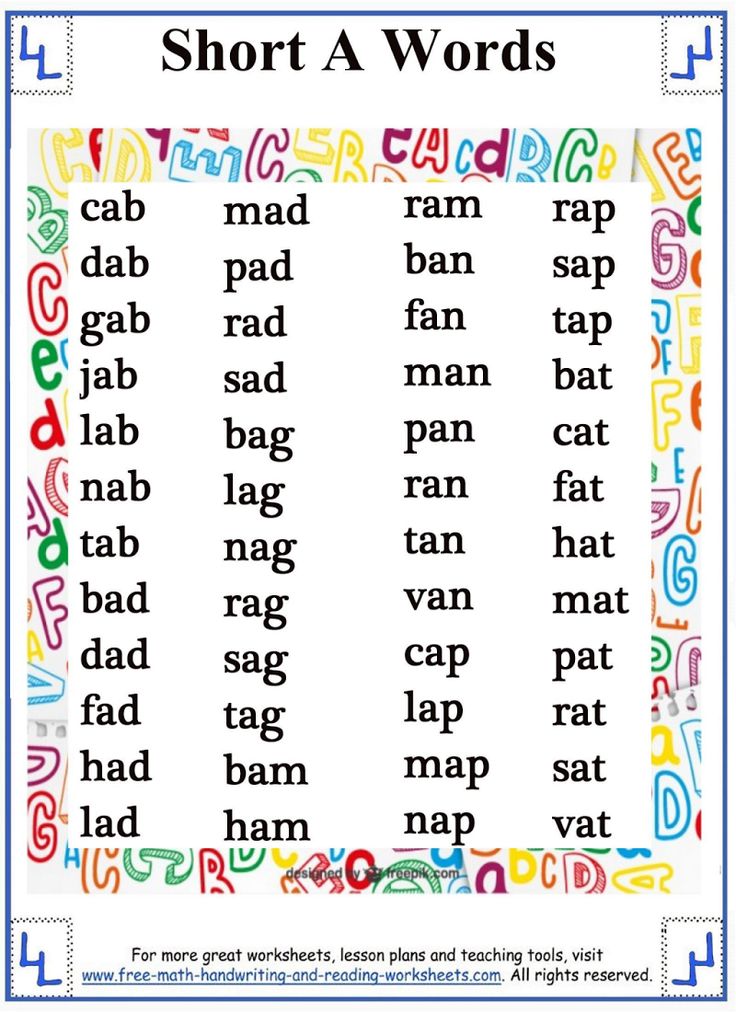 They are very common words which can’t be sounded out according to the normal rules, so they need to be learned by sight.
They are very common words which can’t be sounded out according to the normal rules, so they need to be learned by sight.
Children are encouraged to learn sight words by memory to make reading quicker and easier. Amazingly, sight words can make up to 50-70% of the words used in general text!
Why does your child need to know Sight Words for Kindergarten?
Having a lot of sight words memorised can help children gain confidence with reading and spend less time on decoding (figuring out the letter sounds).
If a child can read almost a whole book just based on kindergarten sight words, they’ll be able to spend more time learning the words they don’t know yet! Learning sight words is the easiest and most efficient way to start learning to read. Try out these kindergarten words with your early-learner today!
Watch the Sight Words Video!
Our Top 25 Sight Word List for Kindergartners
Our kindergarten sight word list introduces the Top 25 sight words for kindergartners, which you can also see in our fun video above!
Later, we’ll add a high frequency words list for Grade 1 and Grade 2.
the
of
and
a
to
in
is
you
that
it
for
was
on
are
not
but
what
all
we
there
can
an
your
their
do
Sight Words Flashcards
Looking for kindergarten sight words flashcards? You’ve come to the right place! Our free printable flashcards are very popular with kids, parents and teachers.
Teachers:
- Print in full color
- Cut out each card
- Give one card to each student to colour in the outlined images
- Practice! Kids will love learning even more when they see you’re using the flashcards that they’ve colored 🙂
Parents:
- Print flashcards on your laser printer at home
- Cut out each card
- Give the cards to your child to color in over a few days.
- Practice these sight words at least 2-3 times per week!
- For extended practice, try to make some sight words sentences together.
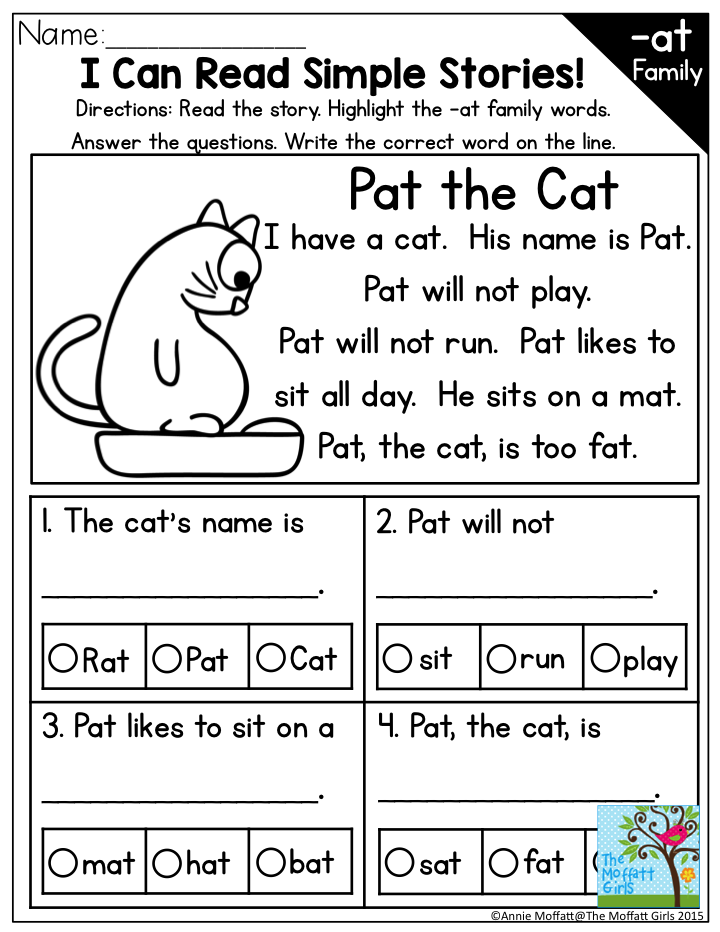
Download Worksheet
Sight Word Games
Kindergarten sight word games
- Sight Words Bingo:
- Create a sheet of sight words 25×25 squares
- Give kids pens or small markers
- Read aloud the sight words one at a time
- Kids should cross out the word when they hear it
- To win, kids need to make a horizontal, vertical or diagonal line of 5 words and read aloud the 5 words for more practice!
- Sight Words word search:
- Create a word search using an online generator
- Add 20+ sight words into the generator
- Children need to find each sight word (vertical, horizontal or diagonal) and circle them
- Repeat until all the words have been found
- For more practice, help children to make short sentences using the words
- Sight Words Beanbag Toss:
- Create 30+ separate sight words on some cards (use our flashcards above or write your own)
- Spread them out on the ground
- The child should toss the beanbag onto one of the words and then read the word aloud!
- Sight Words Memory:
- Write 10 word pairs onto 20 pieces of card or paper
- Shuffle the cards and place them face down on a table
- The child should turn over one of the cards, read it out loud and keep it face up
- Then the child should pick up a second card and read it out loud.
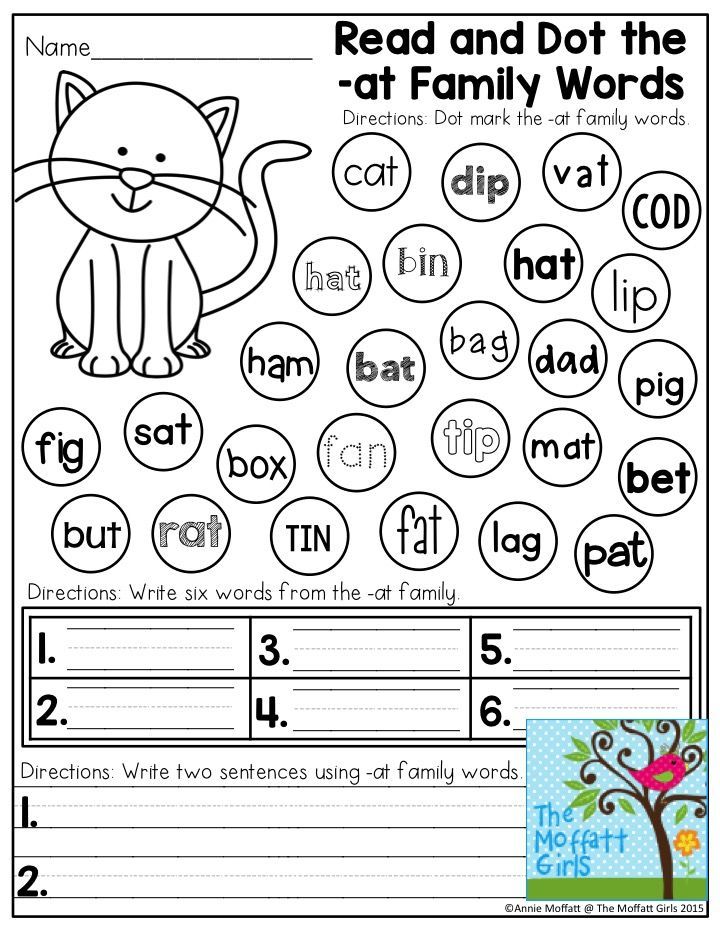 Do they match?
Do they match? - If they match, keep the cards face up. If they don’t match, turn the cards over again. Repeat from step 1
- Keep repeating the steps until all 10 pairs have been matched!
How should children learn Sight Words?
Sight words need to be memorised when children are young (3-6 years) to give them the best head start with reading. Early-learners should learn sight words before they actually learn to read so they’ll save time and have more confidence with reading.
Start with our sight words list and kindergarten sight words printables above, then go on to learn more sight words with the resources here.
Here are some sight word activities for kindergarten! Try these at home or in the classroom:
- Use our sight words video to help your kids sound out these common words. They can listen and repeat each word as a class or one-by-one.
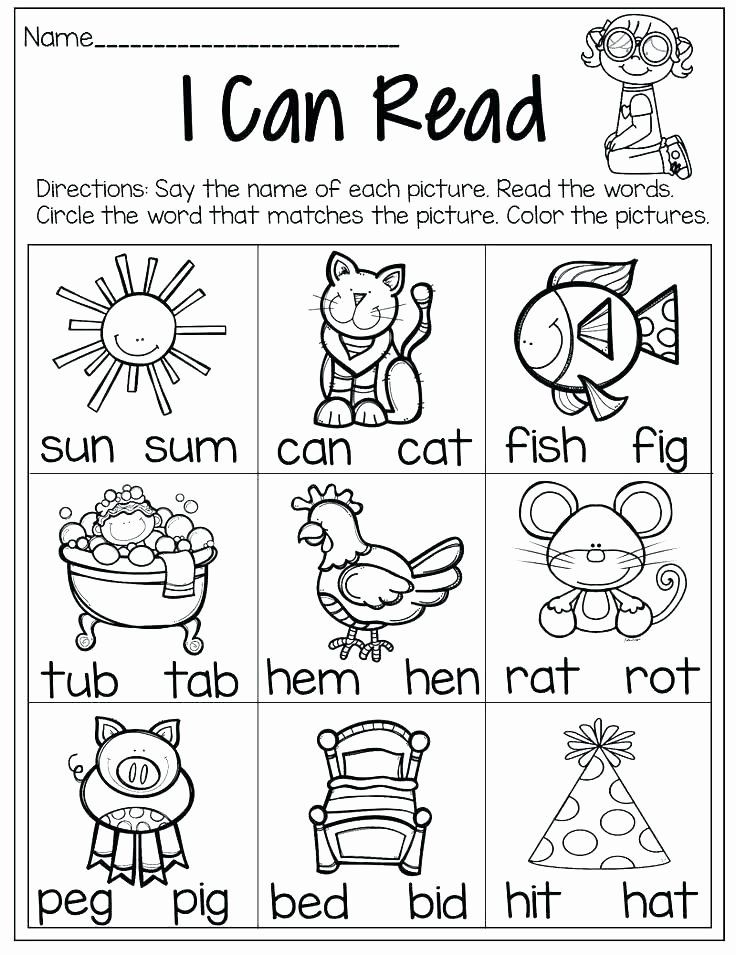
- Use printed flashcards to help with sight words drills in class or at home. You can help kids to make their own sight word sentences!
- Read with your child and point out or underline all the sight words in the book. Read the book again and see if your child recognises the words more easily this time.
- Use the flashcards to mix and match the words, and help children create full sentences
- Online games: find games which use a mix of audio, imagery and action to keep children motivated and curious to learn more.
- Images and gestures: for some children, the best way to learn sight words is to match them with pictures and gestures. This can be difficult for some of the more abstract words, but you can be creative with this.
Sight Words Workbook
Do you love teaching kids using free sight word worksheets? Then download our collection of worksheets in our Sight Words Workbook.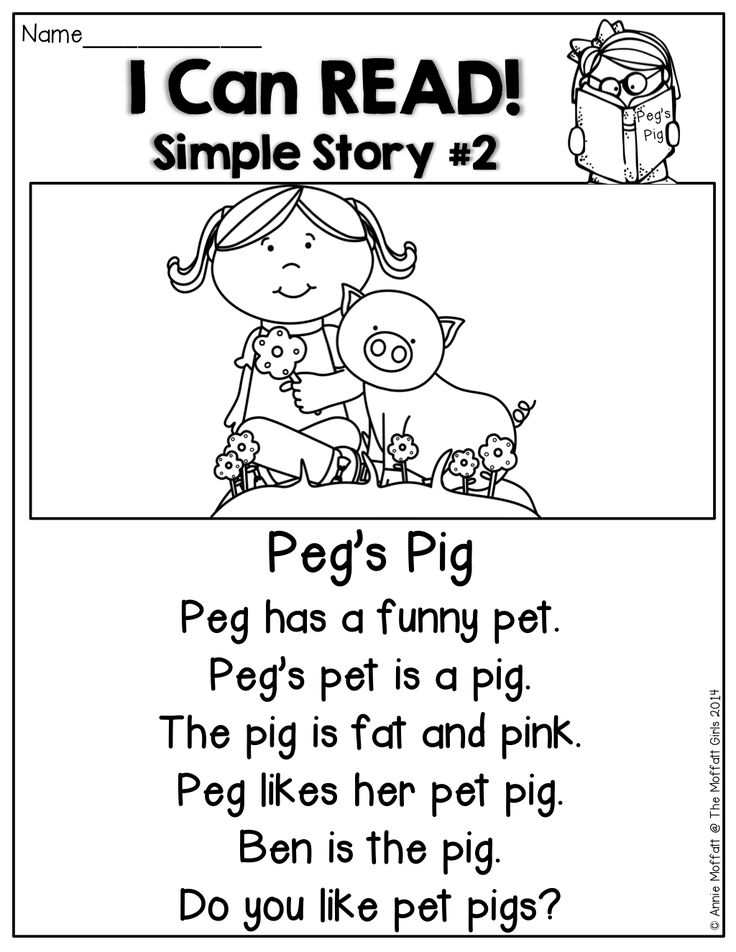 You’ll find all the kindergarten high-frequency words that we use in our sight words video above!
You’ll find all the kindergarten high-frequency words that we use in our sight words video above!
Kids can practice writing the letters of the alphabet and go onto tracing and writing sentences. When they’re done they can even color in the images!
Parents: use these as some fun writing and sight word practice after school.
Teachers: assign these as homework or use as an in-class activity that can be expanded on.
Download Worksheet
Red Cat Reading Makes Learning Sight Words Fun & Exciting for Your Child!
I started Red Cat Reading to help overworked and overstressed parents prepare their children for school success.
For children just starting to learn how to read, our Phonics Program is just what they need. Our phonics books introduce sight words and dolch words (common words) gradually, page-by-page, book-by-book.
Your child can easily follow the gradual introductions of sight words and understand the context with bright illustrations, read-aloud text and catchy songs.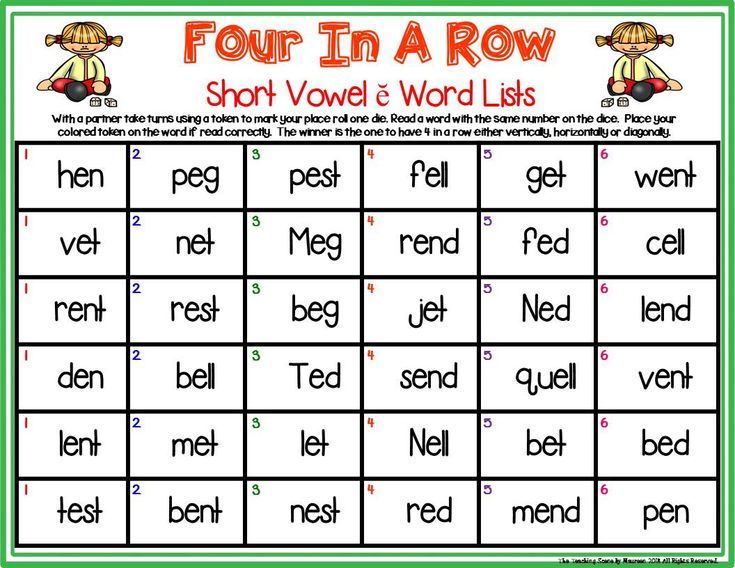
For example, all our Level 1 books only use the simplest sight words (the, and, a, in, it) so kids can get comfortable with these words before moving on to the next level.
Your child will have FUN learning sight words with our interactive phonics books, videos and songs! Each book comes with read-aloud audio and a video, so your child can reinforce their knowledge.
Access on any device, anytime! You can even download all our books and videos to read and watch offline.
Sample Our Interactive Phonics Book
Now that your kids have a lot of sight word practice under their belt, you can move on to phonics! Unlike sight words, phonics is the system of breaking down words into separate sounds to make them easier to sound out.
This can be daunting to start with, but we make it easy and fun for kids with our friendly characters, read aloud phonics books, read along phonics videos and creative worksheets!
Sample one of our Level 1 phonics books below:
The Four Steps to Learning Sight Words and Phonics
Your child will learn to read FAST with our 4-step method. You already know that phonics is a proven method that brings letters and sounds together.
You already know that phonics is a proven method that brings letters and sounds together.
While learning phonics your child will also learn ALL the sight words they need, in 4 simple steps.
- Watch
Watch phonics videos to hear the sounds and see the letters! - Read
Read the Free eBook to review the words and sounds! - Practice
Speak out loud with the fast and easy practice pages! - Sing-along
Sing-along with catchy songs and master all the phonic sounds!
Recommended Free Books
Download our most popular books, FREE!
Kids will memorize sight words and learn the sounds of the English alphabet with our funny, read-aloud stories.
Easy to Read Text - 8 incredibly easy ways to improve text without changing its content.
The word is your main weapon. You need to choose the right words to attract the desired audience.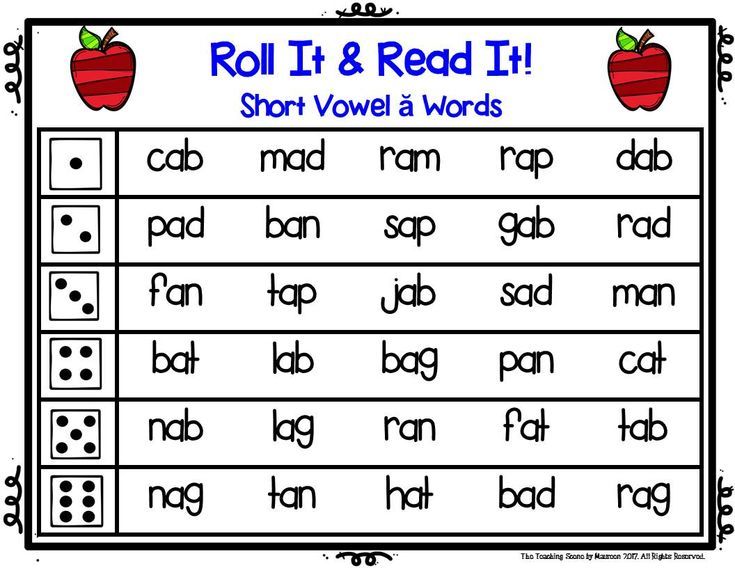
You pored over them to the point of exhaustion, perfecting every phrase. And finally, you press the “Publish” button, and what?
Nobody reads them.
No traffic, zero comments, no tweets, no one shares your articles on Facebook. nine0003
This is enough to throw the author into a deep depression and destroy any desire to continue writing great content.
Think you need to spend another 10,000 hours perfecting your writing skills? Perhaps not at all.
What's the point of writing if readers don't read your texts?Table of contents
- 1 1. Paragraphing
- 2 2. Capacious subheadings
- 3 3. Bullets
- 4 4. Captions
- 5 5. Relevant Links
- 6 6. Key Formatting
- 7 7. Use the Power of Numbers
- 8 8. Ask Readers for Opinions
In reality, the solution may be much simpler than you think. Write less, write in a style that is easy to read. It may be all you need to grab and hold attention.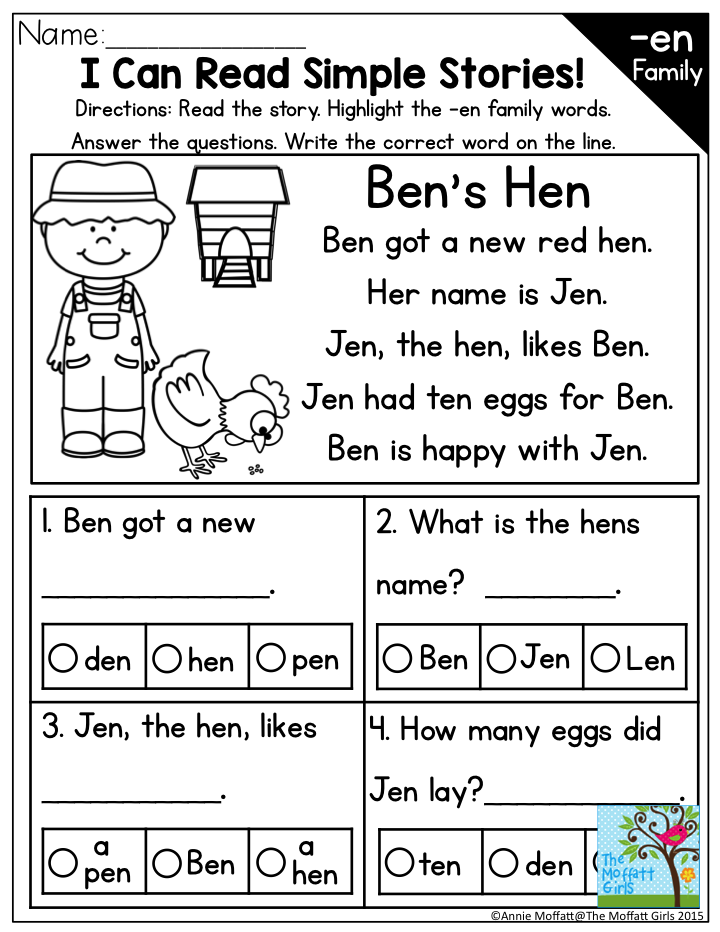
Impatient seekers
Jakob Nelson in his seminal study of the consumer properties of the World Wide Web 1997 years showed that 79% of users practically do not read its content, but simply skim through it with their eyes.
Think about how you use the net when looking for information. If you don't find it on the page you're on, then leave it and keep looking. The World Wide Web is an environment in which you need to “get ahead by embedding yourself in it”. Television, on the other hand, is an environment in which you can “lean back in your chair and watch what is happening around you.” What can you do to capture the attention of readers so that they are interested in your content, stay on your page, and even interact with your information? nine0003
Be concise
To write successful content for the web, you have to forget what you learned when you were taught to write essays. Come to terms with the fact that people skim the pages rather than read them in detail, and work with this reality, not fight it.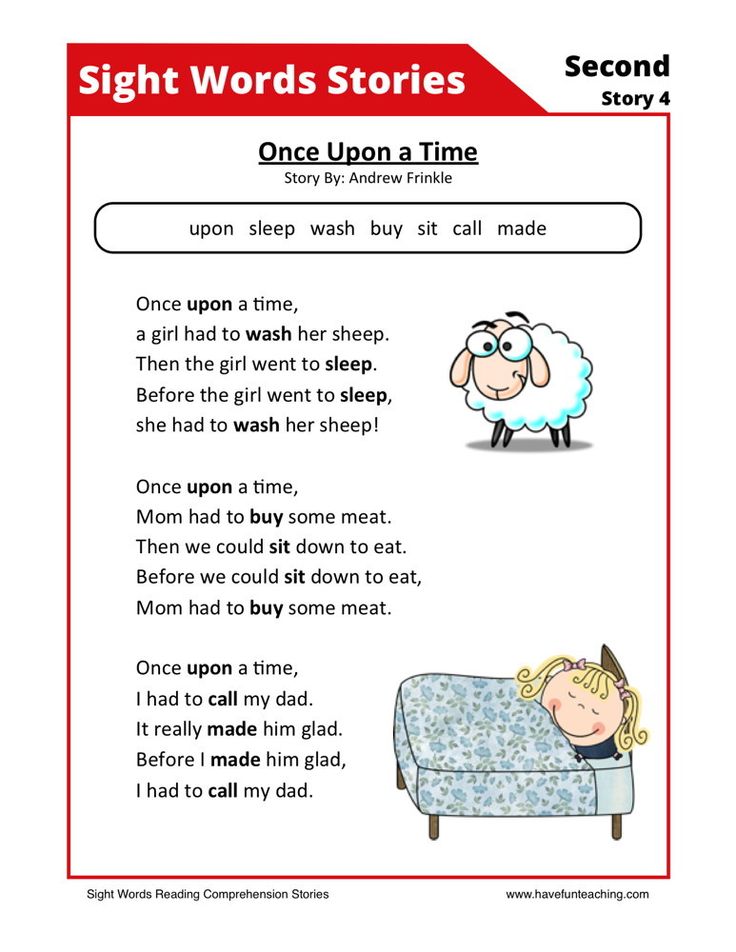
If the topic being developed is extensive, break the text into a series of messages. It is also a great way to keep the reader coming back to the site again and again. In addition, if the material is presented in small parts, it will be easier for the reader to understand it. nine0003
Structure your paragraphs in an inverted pyramid style. That is, first give conclusions, then a detailed justification in the form of subsequent statements. The user has the opportunity, skimming through the material on the main points, to decide what he would like to delve into.
Once that's done, use the following easy-to-read text building techniques to make your content much more compelling to the reader. It will only take you a couple of minutes to turn your post from a huge mass of gray text into something that will interest the reader and keep them interested. nine0003
1. Paragraphing
This is one easy way to make your content more readable. Even complex text can be made easier to read by using a line break. Present one thought in one paragraph and keep it short: three to four sentences maximum.
Present one thought in one paragraph and keep it short: three to four sentences maximum.
Let some paragraphs consist of only one sentence.
2. Capacious subheadings
Before writing the text, make up the main heading and subheadings. nine0003
A meaningful headline (and hence a strong intro) is vital to getting the reader to view your page in the first place. Compelling subheadings will help keep the reader’s attention by acting like “mini headlines” and motivating them to move on to the rest of the content.
Make your subheadings intriguing and informative at the same time. Web readers have their own, perfected, lie detector, so don't overdo it or you risk losing credibility. An “attractive” subtitle is not the same as “bloated and overbearing.” nine0003
After the subheadings are written, review them again to try to see what someone who skims only part of your article will understand. Is your article attractive? Will they get the gist of the information?
3.
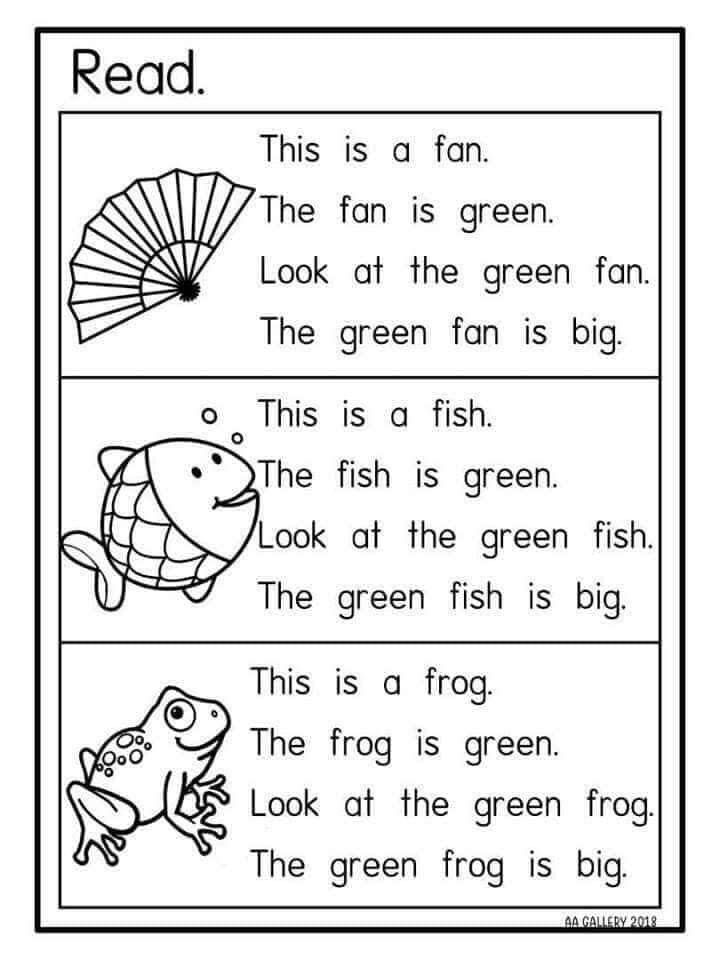 Bulleted lists
Bulleted lists - They give the text a special charm that the reader cannot resist
- With their help, it is easy to make text consisting of many statements easy to read
- They differ from the rest of the text, therefore they provide a change in visual perception. nine0018
4. Captions
Research has shown that image captions are undoubtedly one of the most read texts on a page. Try to combine a compelling picture with thoughtful text.
5. Relevant Links
Internal links bring the reader back to your core content and will keep people on the site by referring to your best content.
External links show that you have researched a topic and want to cover other aspects of it as well. nine0003
Good content uses both types of links to help broaden understanding and add weight.
Another benefit of internal linking is that you don't have to worry if some would-be hacker grabs your content (copy-pastes it on their site without crediting your source).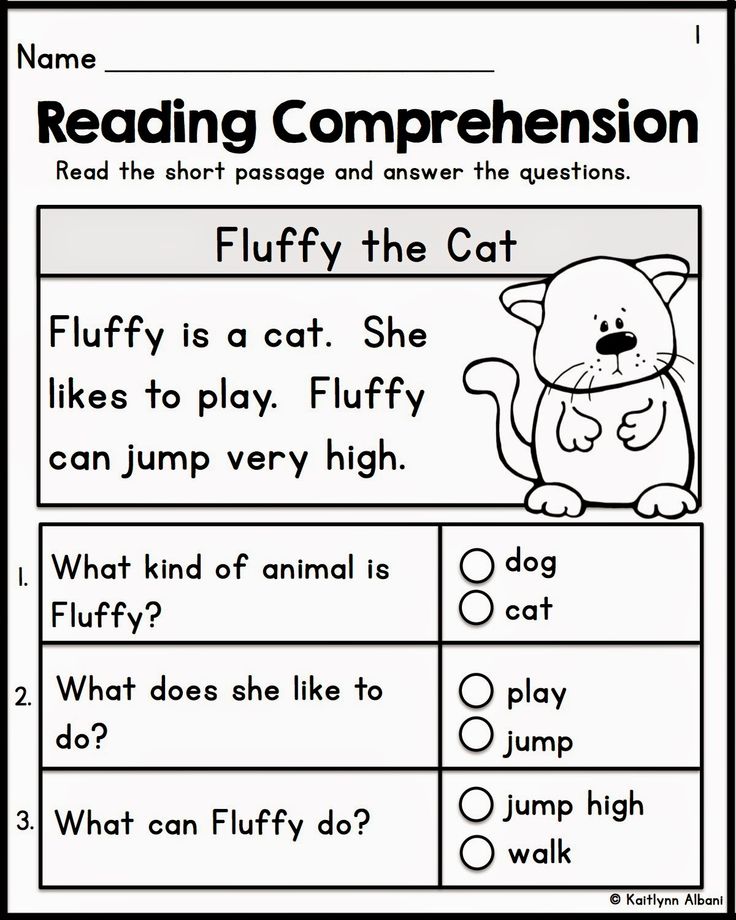
6. Key formatting
Emphasize your material by emphasizing important ideas . The reader will be able to see the most important information at once even with a cursory reading. nine0003
Do not select everything (this is equivalent to not selecting anything at all). Instead, emphasize key points so that someone viewing the page can catch them.
7. Use the Power of Numbers
Think numbered lists are boring? Do not rush to conclusions. Using numbering is a surprisingly effective way to grab attention as well as keep you from getting lost in the story.
If you don't believe me, take a peek at the "Popular Articles" on the right side of the page. You'll get a mini-consultation on how to use numbers (and other tricks) to make your post stand out. nine0003
Often, to make the text more eye-catching, it is enough just to number the main points. Try it.
8. Ask readers for their opinions
Once you've done everything you need to do - subheadings, numbering, bulleted lists, and other formatting tools that emphasize the key points of your post - read it again, while looking only at the text on which special hopes are placed.
Does the reader get the point? Are especially interesting and relevant words highlighted, ones that will be able to attract someone who glances through the text and turn him into your reader? nine0003
How about yourself? What are your own favorite tricks in getting readers to engage with your content? Let's discuss it in the comments, shall we?
SOURCES
- CopyBlogger
100 most beautiful English words
There are some words that are just nice to pronounce! They sound beautiful and literally caress the ear.
Do you want to enjoy the harmony of the English language? We offer you the 100 most beautiful words in the English language:
1. Desire [ dɪˈzaɪə ] – desire;
2. Glory [ ˈglɔːri ] - glory;
3. Pumpkin [ ˈpʌmpkɪn ] – pumpkin;
4. Experience [ ɪksˈpɪərɪəns ] – experience;
5.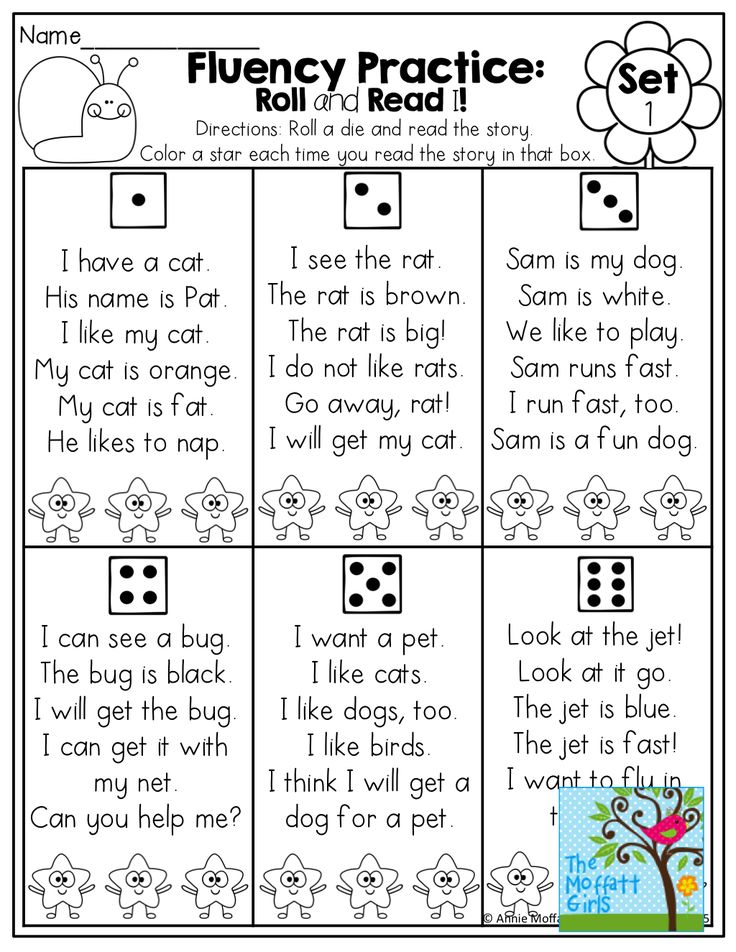 Reconciliation [ ˌrɛkənsɪlɪˈeɪʃən ] – reconciliation;
Reconciliation [ ˌrɛkənsɪlɪˈeɪʃən ] – reconciliation;
6. Astonishing [ əsˈtɒnɪʃɪŋ ] – amazing;
7. Lassitude [ ˈlæsɪtuːd ] - fatigue;
8. Sophisticate [ səˈfɪstɪkeɪt ] - give refinement, fake;
9. Aura [ ˈɔːrə ] - aura, atmosphere;
10. Rebellion [ rɪˈbɛljən ] – rebellion;
11. Tranquility [ træŋˈkwɪlɪti ] – tranquility;
12. Sunrise [ ˈsʌnraɪz ] – sunrise;
13. Sunset [ ˈsʌnsɛt ] – sunset;
14. Fabulous [ ˈfæbjʊləs ] – incredible, legendary;
15. Meadow [ ˈmɛdəʊ ] – glade; nine0141 16. Reflection [ rɪˈflɛkʃən ] – reflection;
17. Passion [ ˈpæʃən ] - passion;
18. Umbrella [ ʌmˈbrɛlə ] – umbrella;
19. Lollipop [ ˈlɒlɪpɒp ] – lollipop;
20. Vertigo [ ˈvəːtɪɡəʊ ] – dizziness;
Vertigo [ ˈvəːtɪɡəʊ ] – dizziness;
21. Euphoria [ juːˈfɔːrɪə ] – euphoria;
22. Perfection [ pəˈfɛkʃən ] – perfection;
23. Constellation [ˌkɒnstəˈleɪʃ(ə)n] – constellation; nine0141 24. Demure [ dɪˈmjʊə ] - modest, restrained;
25. Gorgeous [ ˈgɔːʤəs ] – delightful;
26. Sweetheart [ ˈswiːthɑːt ] – cute;
27. Butterfly [ ˈbʌtəflaɪ ] – butterfly;
28. Quintessential [ ˌkwɪntɪˈsɛnʃ(ə)l ] – basic, most essential;
29. Unique [ juːˈniːk ] – unique;
30. Eloquence [ ˈeləkwəns ] – eloquence;
31. Incredible [ ɪnˈkrɛdəbl ] – incredible;
32. Inspiration [ ˌɪnspəˈreɪʃən ] – inspiration;
33. Equestrian [ ɪˈkwɛstrɪən ] – rider, equestrian;
34. Infinity [ ɪnˈfɪnɪti ] - infinity;
35.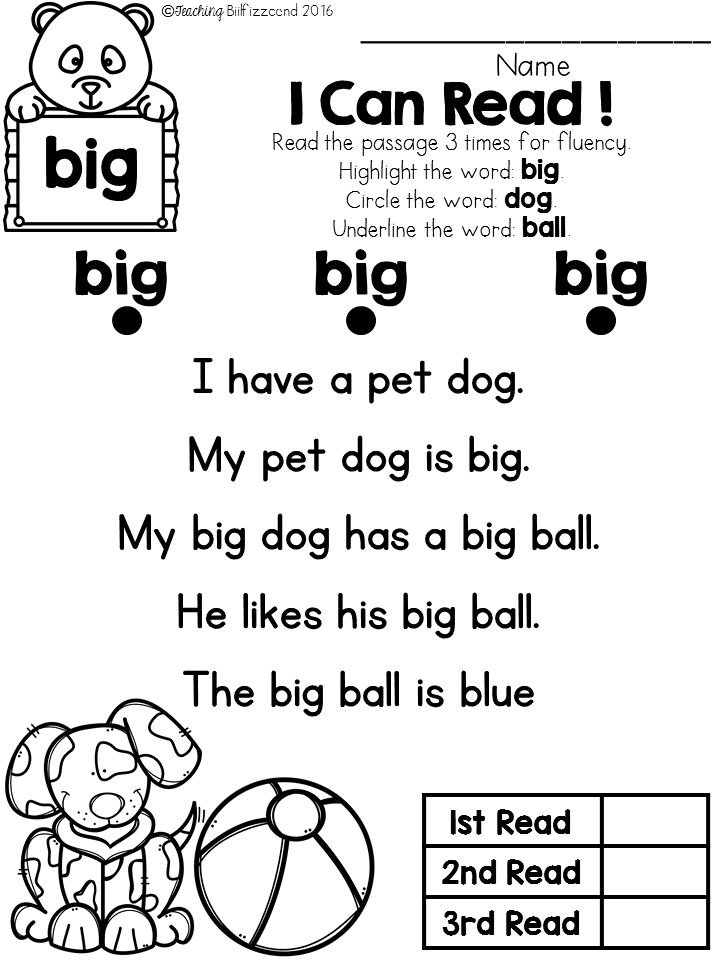 Faith [ feɪθ ] – faith;
Faith [ feɪθ ] – faith;
36. Hope [ həʊp ] - hope;
37. Love [ lʌv ] - love;
38. Consequences [ ˈkɒnsɪkwənsɪz ] – circumstances; nine0141 39. Extraterrestrial [ ˌɛkstrətɪˈrɛstrɪəl ] – extraterrestrial;
40. Oblivion [ əˈblɪvɪən ] - oblivion;
41. Dandelion [ ˈdændɪlaɪən ] – dandelion;
42. Innuendo [ ɪnju(ː)ˈɛndəʊ ] – hint;
43. Pray [ preɪ ] – prayer;
44. Paradise [ ˈpærədaɪs ] – paradise;
45. Imaginary [ ɪˈmæʤɪnəri ] – imagination;
46. Pleasure [ ˈplɛʒə ] – pleasure;
47. Measure [ ˈmɛʒə ] – measure;
48. Elegance [ ˈɛlɪɡ(ə)ns ] - grace, sophistication;
49. Simultaneously [ ˌsɪməlˈteɪnjəsli ] – simultaneously;
50.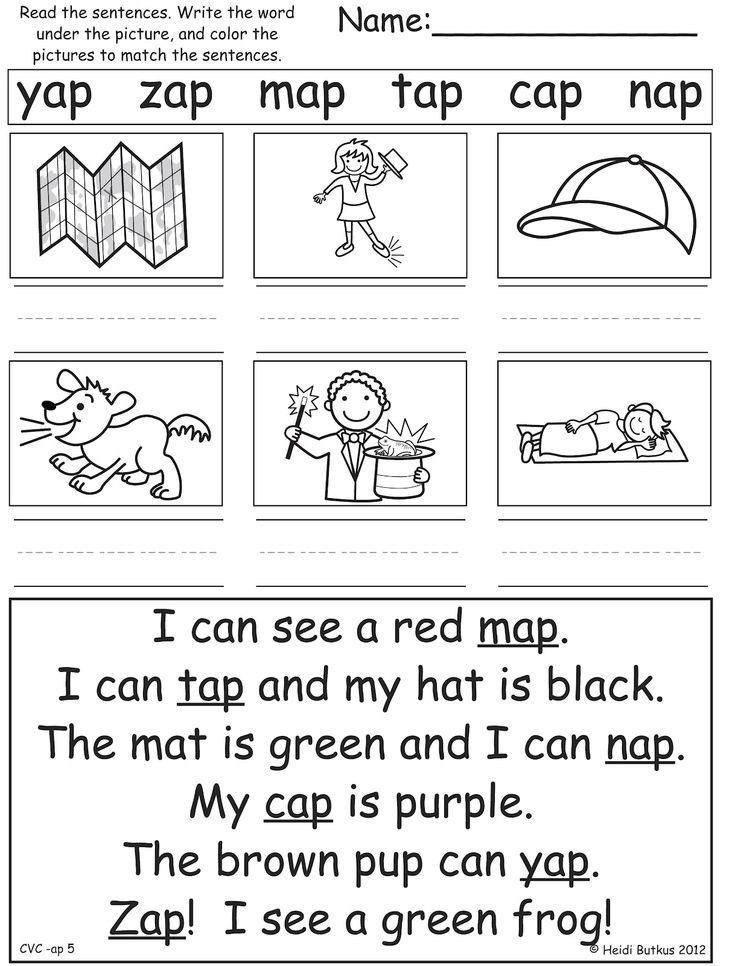 Destination [ ˌdɛstɪˈneɪʃən ] – destination;
Destination [ ˌdɛstɪˈneɪʃən ] – destination;
51. Pristine [ ˈprɪstiːn ] – untouched, original;
52. Skyscraper [ ˈskaɪˌskreɪpə ] – skyscraper;
53. Magnificent [ mægˈnɪfɪsnt ] – magnificent;
54. Miracle [ ˈmɪrəkl ] – miracle;
55. Pronunciation [ prəˌnʌnsɪˈeɪʃən ] – pronunciation;
56. Hurricane [ ˈhʌrɪkən ] – hurricane;
57. Lullaby [ ˈlʌləbaɪ ] – lullaby;
58. Jubilation [ ˌʤuːbɪˈleɪʃən ] – jubilation;
59. Reliable [ rɪˈlaɪəbl ] - reliable;
60. Lightning [ ˈlʌɪtnɪŋ ] – lightning; nine0003
61. Universe [ ˈjuːnɪvɜːs ] – universe;
62. Volcano [ vɒlˈkeɪnəʊ ] – volcano;
63. Rise [ raɪz ] – to ascend;
64. Pure [ pjʊə ] – pure;
65.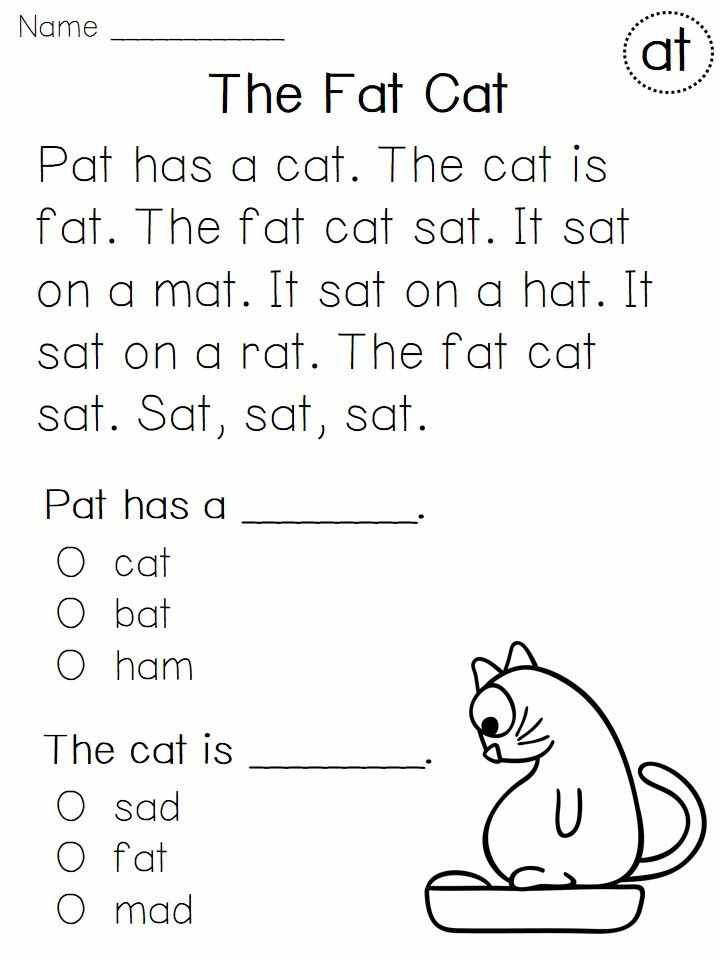 Amazing [ əˈmeɪzɪŋ ] – beautiful;
Amazing [ əˈmeɪzɪŋ ] – beautiful;
66. Forever [ fəˈrɛvə ] – forever;
67. Believe [ bɪˈliːv ] – believe;
68. Wonderful [ ˈwʌndəfʊl ] - wonderful, amazing;
69. Indivisibility [ ˌɪndɪˈvɪzəbəl ] – indivisibility;
70. Illicit [ ɪˈlɪsɪt ] – illegal, prohibited;
71. Petrichor [ ˈpet.rɪ.kɔːr ] – the smell of the earth after rain;
72. Aurora [ əˈrôrə ] – dawn;
73. Dalliance [ ˈdalɪəns ] - flirting;
74. Evanescent [ ˌevəˈnesnt ] – fleeting, infinitely small;
75. Lagoon [ ləˈɡuːn ] – lagoon;
76. Destiny [ ˈdɛstɪni ] - fate, destiny;
77. Nemesis [ˈnɛmɪsɪs] - retribution, fate;
78. Surrender [ səˈrɛndə ] - surrender, capitulate;
79. Blossom [ ˈblɒs(ə)m ] – flowering, flourishing;
80.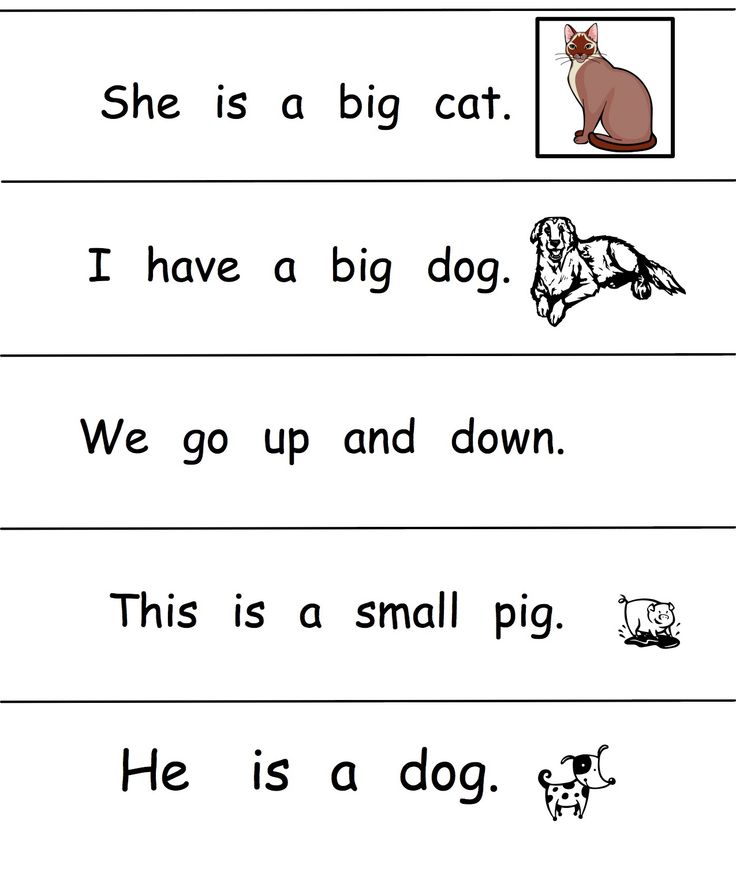 Galaxy [ ˈɡæləksi ] – galaxy;
Galaxy [ ˈɡæləksi ] – galaxy;
81. Humanity [ ˈhju(ː)ˈmænɪti ] – humanity;
82. Disclosure [ dɪsˈkləʊʒə ] – disclosure;
83. Unfortunately [ ʌnˈfɔːʧnɪtli ] - unfortunately;
84. Liberty [ ˈlɪbəti ] – freedom;
85. Library [ ˈlaɪbrəri ] – library;
86. Beautiful [ ˈbjuːtəfʊl ] – beautiful;
87. Betrayal [ bɪˈtreɪəl ] – betrayal;
88. Grateful [ ˈgreɪtfʊl ] – grateful;
89. Unbelievable [ ˌʌnbɪˈliːvəbl ] – unbelievable;
90. Naive [ nɑːˈiːv ] – naive;
91. Twinkling [ ˈtwɪŋk(ə)lɪŋ ] - flickering;
92. Behavior [ bɪˈheɪvjə ]
93. Impressive [ ɪmˈprɛsɪv ]
94. Procrastinate [ prəʊˈkræstɪneɪt ] – engage in procrastination;
95.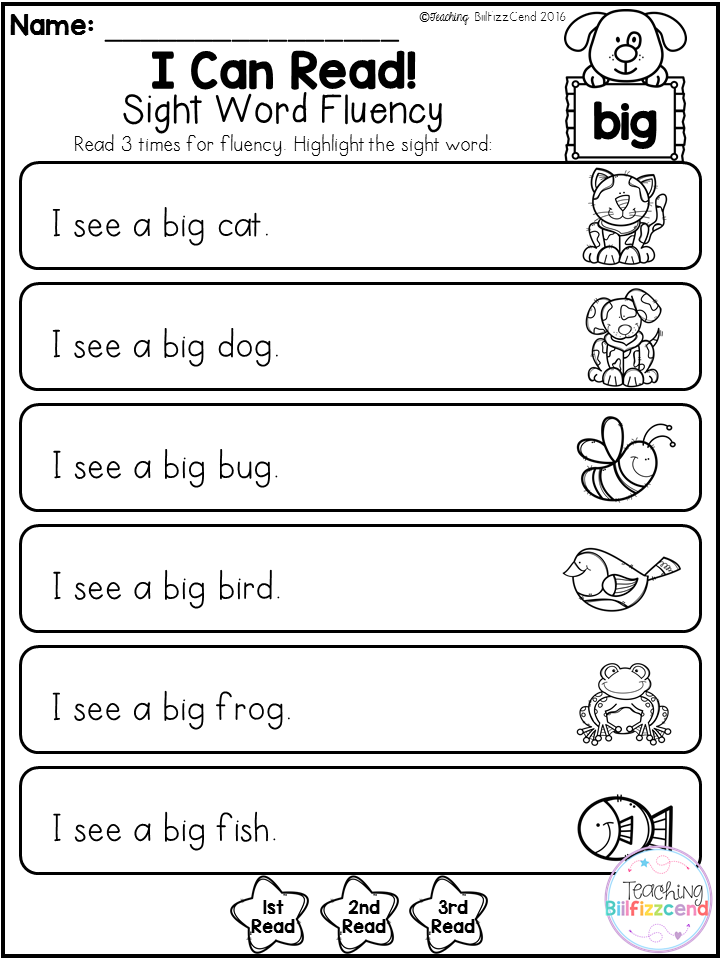

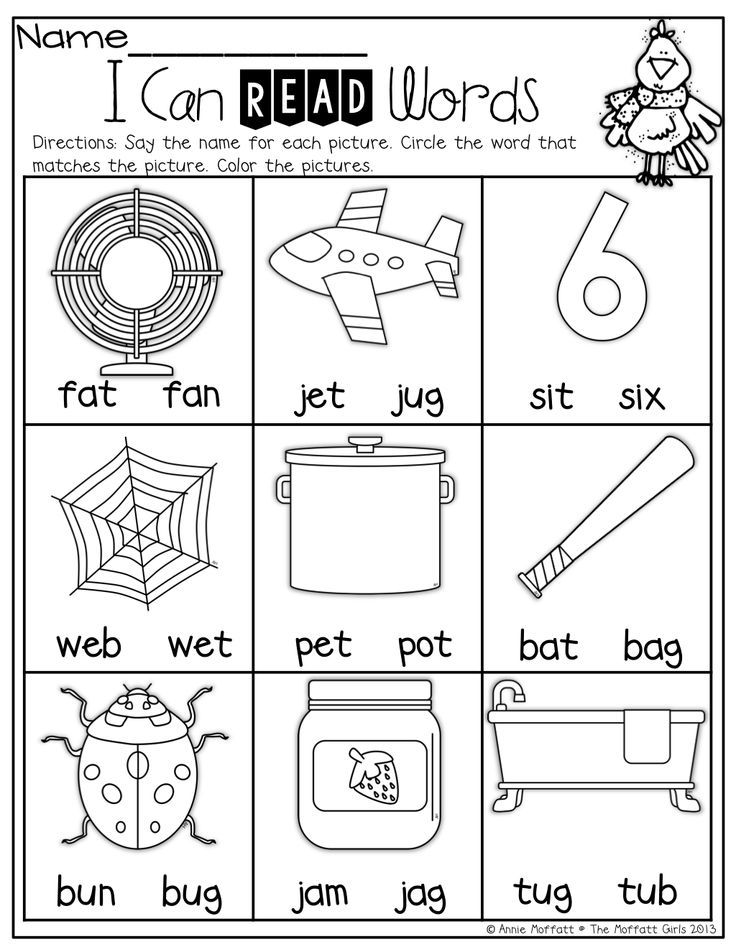 *
*